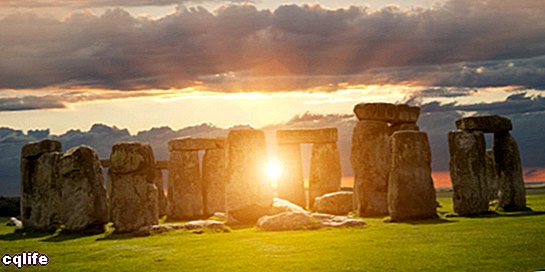We explain what the solstice is and some of its main characteristics. Also, what are its differences with the equinox.

What is the solstice?
We call the two points of the journey of the Sun throughout the year in which it coincides at noon with the two tropics of the planet: Cancer and Capricorn, thus reaching its greatest decline with respect to the terrestrial equator. In other words, the solstices occur when the Sun reaches its highest or lowest apparent height in the sky, moving away from the Earth's equator by + 23 ° 27 '(North) or -23 ° 27' (South).
Solstices occur twice a year: Solstice of summer and winter solstice, thus marking the beginning of these seasons, the warmest or the coldest, respectively, according to the hemisphere in which one is. Thus, towards the end of June the summer solstice occurs in the northern hemisphere and winter in the south, and vice versa towards the end of December. This phenomenon is linked to movement tilt of the planet.
The term solstice comes from the Latin sol sistere ("quiet sun"), because on those days the longest (summer) and shortest (winter) days of the year occur. Therefore the different cultures old of the humanity They paid special attention to both days, considering them maximum points or fullness of heat or cold, and therefore associating them with the empire of the sun and the point of maximum splendor, vitality and luminosity of the year (summer) and that of less light, less fertility, colder and therefore greater presence of the spiritual world, as it is usually considered the nocturnal world. In fact, the tradition most popular of the winter solstice is the Christmas.
Solstice and equinox

While the solstices are the points farthest from the Sun from the equator, producing the maximum points of the respective summer and winter seasons, the equinoxes are the opposite: the days when the plane of the Sun coincides as closely as possible with the equator of the planet, thus generating days and nights of the same approximate duration. The equinoxes are also two throughout the year, in March (summer) and September (autumn) respectively, in the northern hemisphere (they are reversed in the south).
Many traditional human cultures viewed the equinoxes as dates of change from one plane to another, times of transition in which life was welcomed (spring, with greening) or at death (autumn, with the fall of the leaves).
